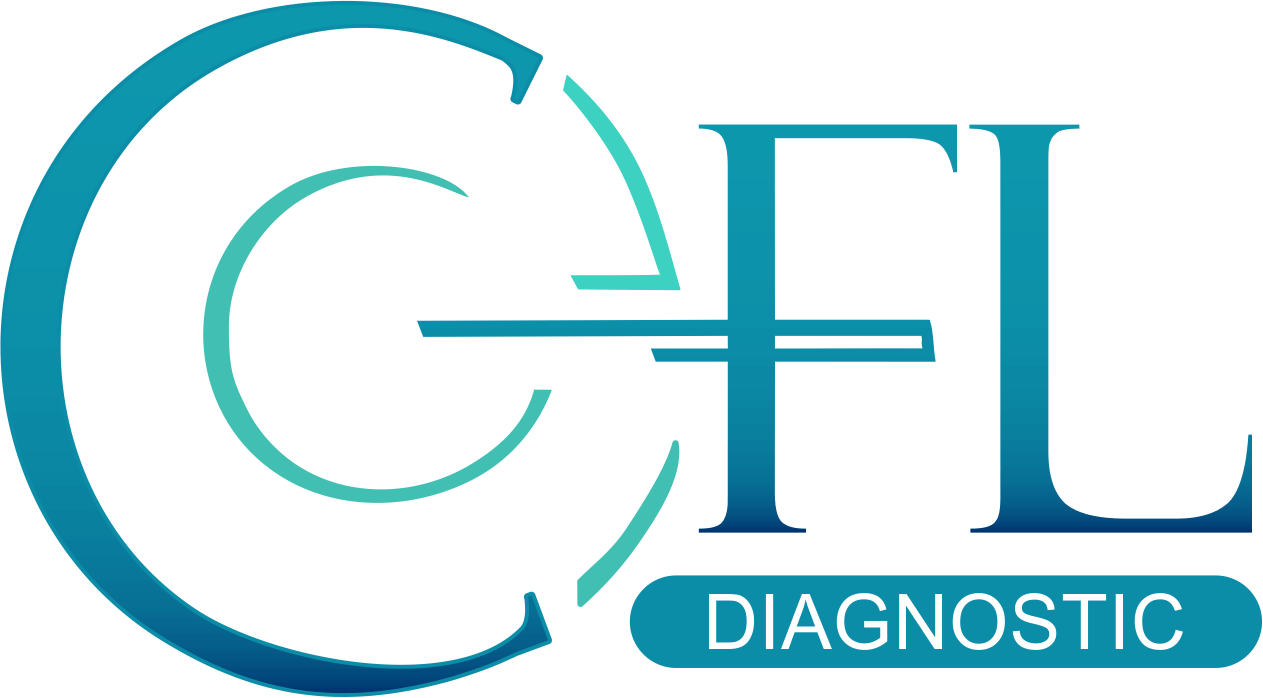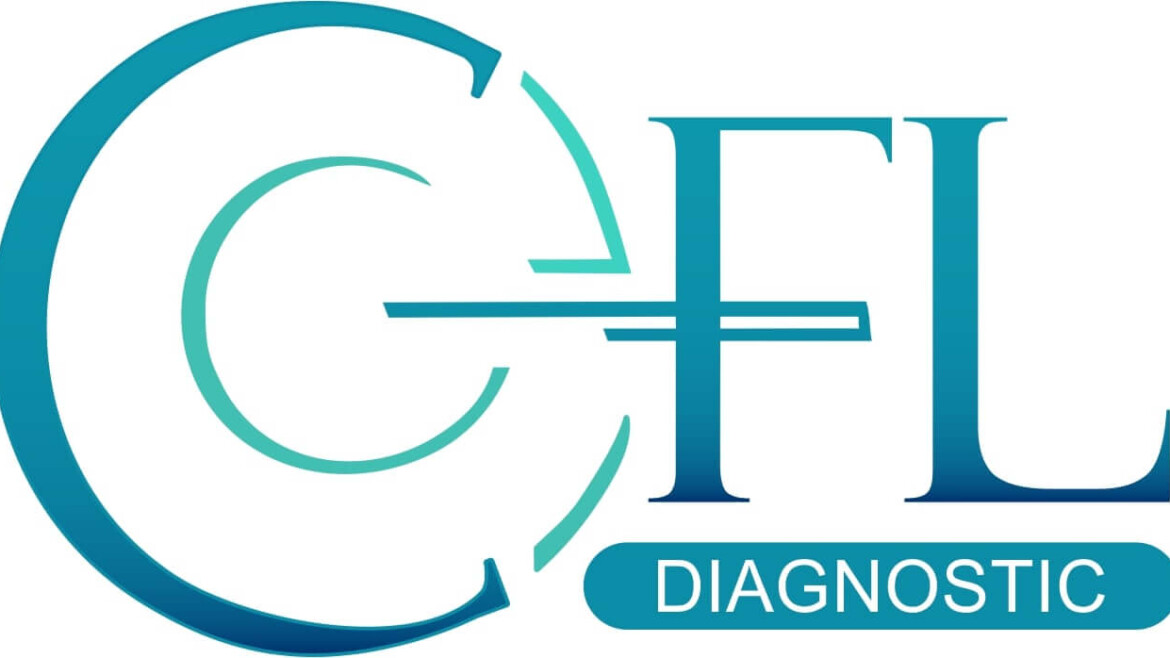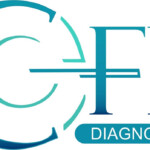Down syndrome is one of the most common genetic conditions in the U.S. and Canada. According to the Centers for Disease Control and Prevention (CDC), about 6,000 babies with Down syndrome are born in the U.S. each year. When compared with the general population, children born with Down syndrome have a higher risk of developing multiple health conditions, including acute myeloid leukemia (AML), a cancer of the blood and bone marrow, before the age of five.
A recent collaborative retrospective cohort study from UC San Francisco, UC Davis and others confirmed that Down syndrome remains a strong risk factor for childhood leukemia, and associations with AML are stronger than previously reported:
- Children with Down syndrome had a higher risk of AML before age 5 and a higher risk of acute lymphoid leukemia (ALL) regardless of age.
- 2.8 percent of children with Down syndrome were diagnosed with leukemia, compared to 0.05 percent of other children.
- ALL was more common between ages 2-4 years, while AML was more common in younger kids with Down syndrome, mostly during the first year of life.
- Males and Hispanic children were more likely to be diagnosed with Down syndrome, and also more likely to develop leukemia than their counterparts.
- White children have a higher incidence of ALL and they are more likely to have Down syndrome than Black children.
These results were gathered after examining medical data of over 3.9 million children born between 1996-2016 in the U.S. and Ontario, Canada across seven health care systems. Findings were published in The Journal of Pediatrics.
Authors place emphasis on parents with children with Down syndrome to keep an eye out for signs of leukemia. According to UCSF Benioff Children’s Hospitals, these signs include anemia, recurrent infections, bone and joint paint, abdominal distress, swollen lymph nodes and difficulty breathing or dyspnea. If your child experiences any of these symptoms, reach out to your pediatrician.
There are also takeaways related to imaging technologies and leukemia. Rebecca Smith-Bindman, MD, professor in residence in the UCSF Departments of Radiology and Biomedical Imaging, Epidemiology and Biostatistics, Obstetrics, Gynecology and Reproductive Medicine was a co-senior author on this study. She founded the Radiology Outcomes Research Laboratory (RORL) in 2010. Overall, the lab’s focus is to increase the benefits and minimize the harms of widely used screening and diagnostic imaging tests that use ionizing radiation.
Dr. Smith-Bindman’s lab has collaborated with Diana Miglioretti, PhD, co-senior author and Emily Marlow, PhD, first author from UC Davis and others on another study that found a steep rise in advanced medical imaging of pregnant women over the last two decades. These findings were published in JAMA Network Open.
“While computed tomography (CT) scans provide clear images and are useful in a clinical setting, they also use ionizing radiation, a known carcinogen,” says Dr. Smith-Bindman. “This is problematic for children who are more radiosensitive than adults.”
An earlier U.K.-based retrospective cohort study, published in The Lancet, found a strong association between the estimated radiation doses provided by CT scans to red bone marrow and brain and subsequent incidence of leukemia and brain tumors. Since CT scanning can increase leukemia risk, other imaging modalities should be used.
“Non-ionizing radiation modes of imaging, such as ultrasound and MRI should be used as first line imaging tests for children with Down syndrome who show signs of leukemia,” says Dr. Smith-Bindman.




